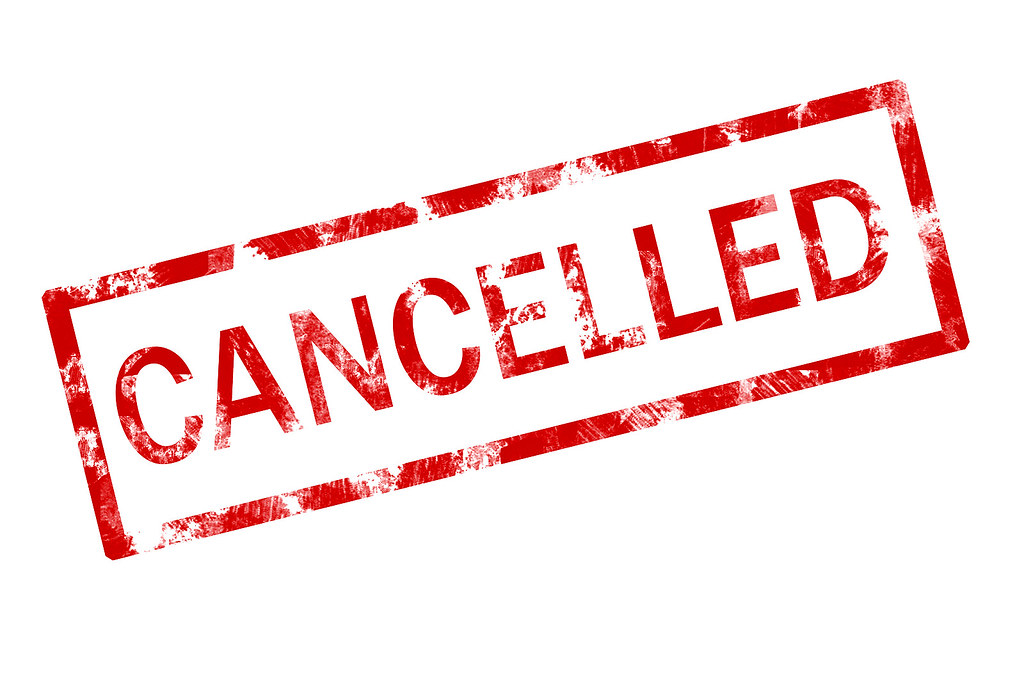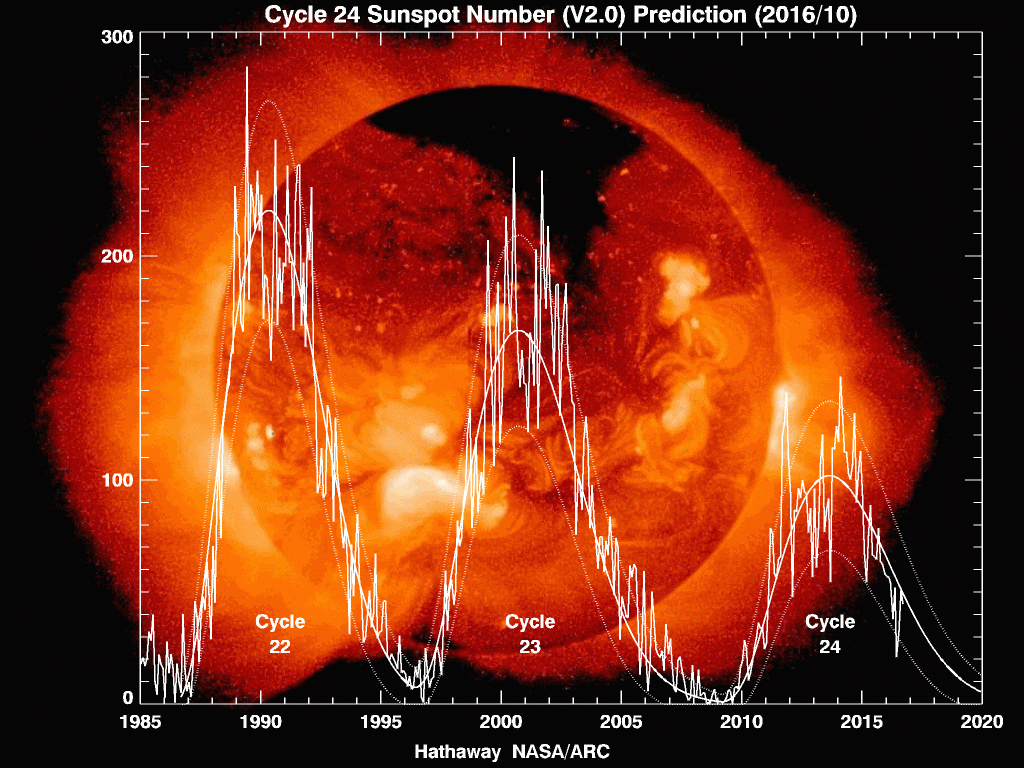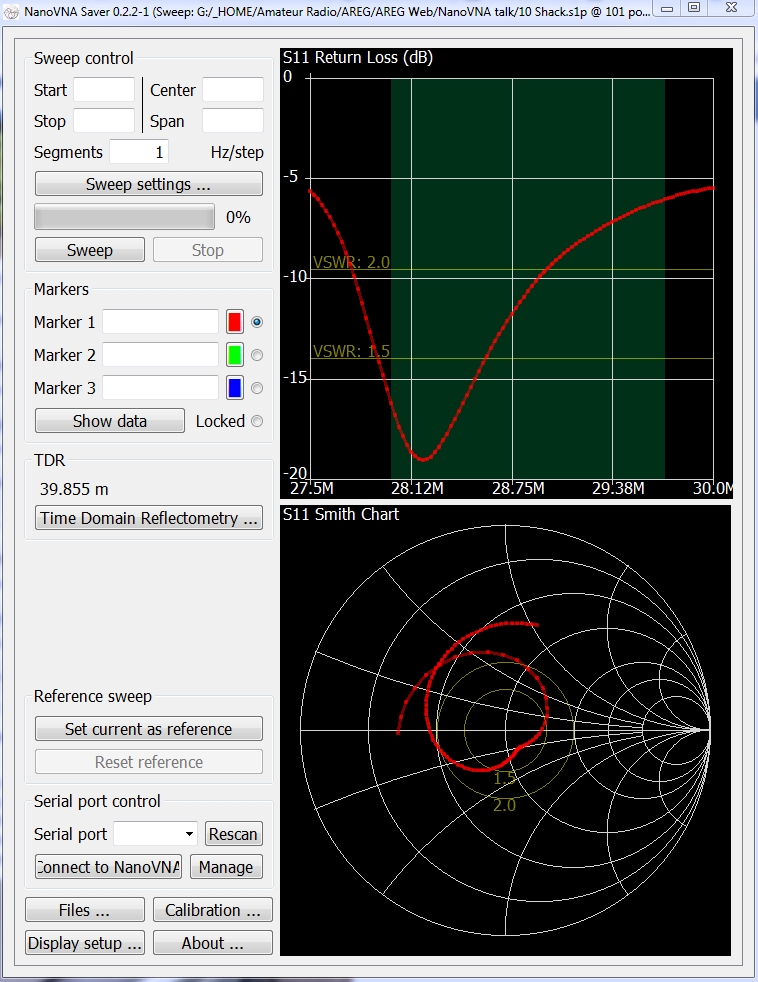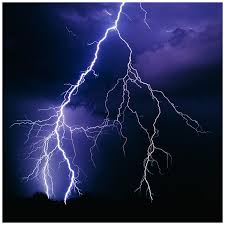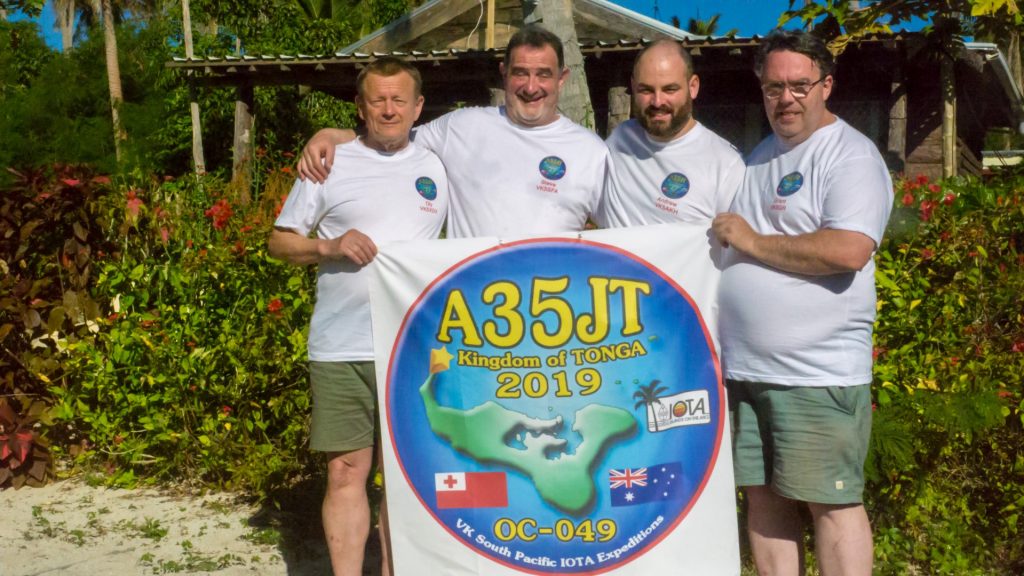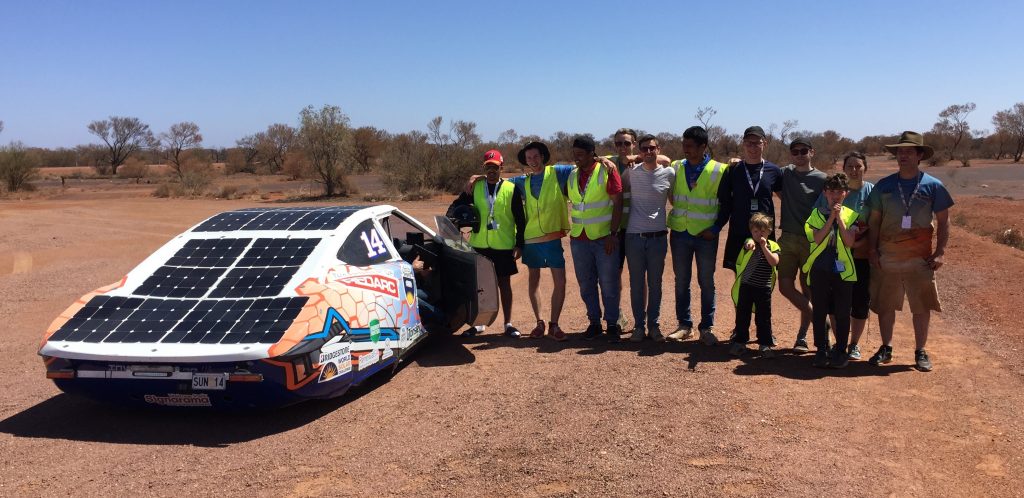To all members of AREG and readers, Seasons Greetings to you all, for a Merry Christmas and a Happy and Prosperous New Year for you, your families and friends.
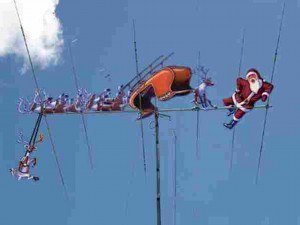
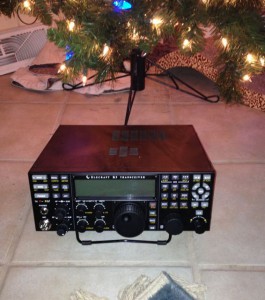
Remember, large antenna arrays are an OH&S matter late Christmas eve,
We also trust that if you are on the “Nice List” that that new rig that you are thinking about, may be in the gifts found under your family Christmas Tree.
At this time when many people are suffering hardship from the many bush fires throughout Australia, both here in the Adelaide environs and on the East Coast, we trust that you all keep safe and get a break to be able to take time out and relax for some Christmas Cheer with family and friends.
To the many dedicated Volunteers who are selflessly putting in many hours to help within their communities, please Play Safe, Stay Safe, our thoughts are with you and your families and friends at this time.

